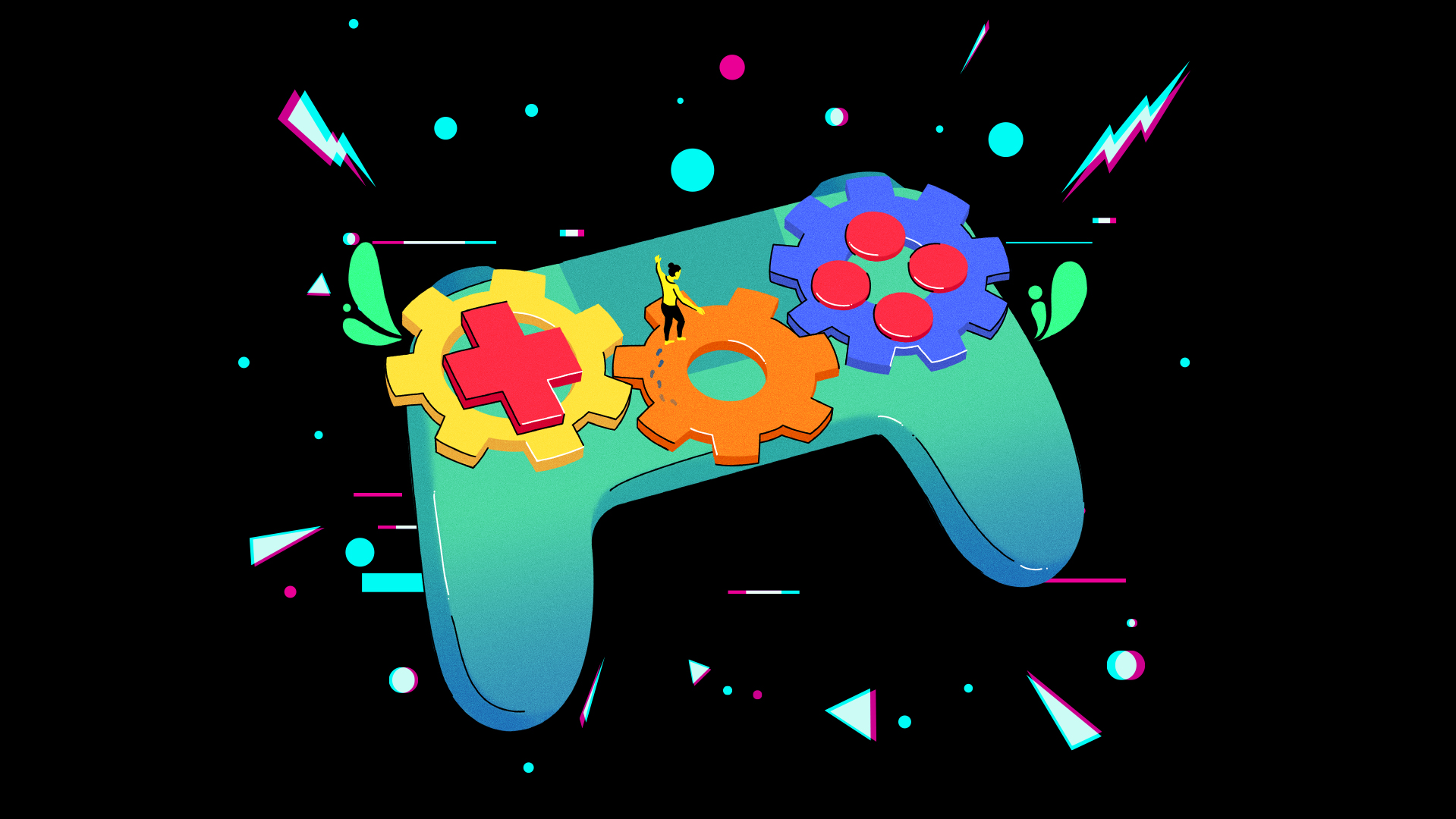Menu

We speak to Kelvin Hii, senior lead artist and lead trainer of our bespoke internship program catered for 3D Artists.
Hi Kelvin, tell us about yourself and how you got started in game development.
I’m a game developer focused on art production with 12 years of experience, ranging from casual games to AAA. I became a lead about 6 years ago, guiding various teams and art directing on titles like Street Fighter 5 and Beyond a Steel Sky. At present, I oversee a team of leads on various game titles while training the next generation of artists who are passionate to dive into the deep and ever-changing world of game dev.
I chose a career in game development because I spent most of my time playing games as a kid. I have always been intrigued by the ins and outs of making games, and that curiosity grew stronger the more I got involved. Being a child of the early-90s in Malaysia choosing this path was a road less traveled, so to speak.
Walk us through the internship program that you spearheaded – why did you decide to start one up?
Most Malaysian colleges and universities have a mandatory internship module. Game development courses are no different. My goal was to ensure the 3-months that students spend at our studio prepares for a career in games by giving them the most relevant on-the-job training.
Streamline has always believed in providing opportunities for those who are passionate in the industry. As a Malaysian, I wanted to give back to the young local talent pool that otherwise might have found it challenging to get a foot through the door.
Ultimately, I designed the training structure to give the interns a soft landing into full production – equipped with tips and tricks of the trade.
What can I expect if I were to become an intern here in Streamline?
Since the goal is to ensure that you’d be production-ready in 3 months, we’ll assign mock tasks that mimic the full nine yards of the asset creation pipeline.
What kind of mindset are you expecting, and what qualities have your most successful interns shown?At the same time, we teach the correct workflows and most importantly, the trade secrets: techniques for game modelling that are not usually taught in school – knowledge that Streamline, and myself, have accumulated through the years.
We expect the interns to come in with a mindset that they are at the beginning stages of their careers, rather than attending a finishing school or supplementary course. Since our guiding principle has always been to demonstrate value and quality work, the interns would need to already have the mindset to deliver their best work on time, always.
Our most successful interns are now some of the key players in major AAA projects
and they all have shown incredible grit and diligence throughout their time as an intern and as a junior artist. They have shown to be fearless when it comes to getting their hands dirty and constantly experimenting with new ways to do things and trying out tools and various software in their free time. That kind of robust learning mindset is what I always look for when hiring interns.
What is your teaching philosophy?
I truly believe that it takes a village, and hence I’ve built a program around the culture of knowledge sharing. They have direct access to everyone else in the company, and they are encouraged to approach the other more senior artists anytime they need assistance.
The flat hierarchy at the studio and openness of everyone to share knowledge allows me and the interns who joins to really flourish if they put in the effort to learn.
I also try molding my teaching style to cater to each of the interns. By understanding their individual strengths, I can give them constructive feedback day-to-day and during reviews. This way, the students have an idea of how their careers can grow after the internship.
%20(2).png?width=2016&name=MicrosoftTeams-image%20(1)%20(2).png)
What can I go on to do after graduating?
Upon successful completion, you would move on to a Junior Artist position to work on many kinds of projects that will stretch your experience. The path from there on is limitless. From becoming career game developers and working on our own IPs, to being able to work on game technology that is applied in various other industries. It will depend on whether you are interested in trying new things.
if you’re someone who enjoys the thrill of unpredictability and uncertainty, the games industry provides just that – and Streamline provides the opportunity for you to grow and experiment. Just talk to your supervisors, speak to them about what you’re interested in exploring, find out what others are doing in the various departments and divisions, and you’d be finding your way in no time.
What’s next for your internship program?
The internship program is the first step to a larger plan of Streamline giving back to the local talent pool. Other than the 3D program, we also accept interns for the Game QA position. We’ve also been actively partnering up with academies for talks, providing industry insight, and helping review the students‘ portfolio and providing career guidance. We plan to expand further into guest lecturing and to have plans for adding more disciplines to the internship program, such as character art, and game programming.
Streamline’s 3D Artist internship program is for students who are about to make their first foray into the games industry. If you’re about to graduate and would like to apply for this 3-month program, please click here.
These Stories on All Pixels